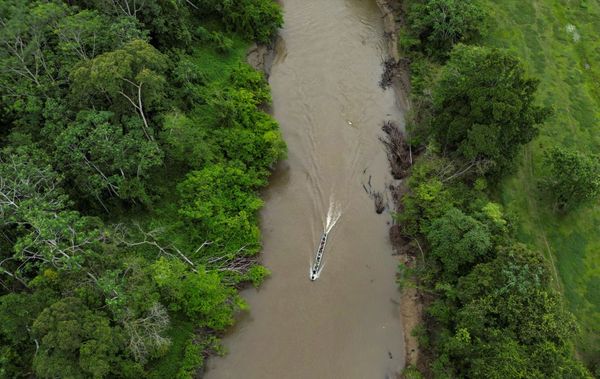
More people are being hospitalised and dying from extreme weather, with severe heat making up the bulk of injuries and deaths.
The number of hospital admissions from extreme weather, including heatwaves, bushfires and storms, has increased over the past decade, according to a new report from the Australian Institute of Health and Welfare.
More than 9000 people were hospitalised in the 10 years from 2012 to 2022 and 677 deaths from 2011 to 2021 - with extreme heat the biggest driver.

More than 1000 hospitalisations caused by extreme weather events occur every three years, previously seen in 2013/14, 2016/17 and 2019/20, the institute's head of injuries and systems surveillance Heather Swanston said.
"We have seen extreme weather related hospitalisations ... spiked at over 1000 cases every three years, and the spikes have become progressively higher," she told AAP.
With the return of the El Nino weather pattern this year bringing hot and dry conditions, there are concerns this could lead to another spike in deaths as the number of days reaching extreme temperatures continue rise.
"Bushfire injuries occur 1.6 times as often in the El Nino years, and the Bureau of Meteorology has declared an El Nino is underway," Dr Swanston said.
High temperatures have been linked to irritability, fatigue, and decreased performance which increase the risk of injury for those operating vehicles and power tools, the report said.
People 65 and older and those between 25 and 44 were the most common groups affected by heat-related injuries, with men making up more than double the hospitalisations than women in these two categories.
Heat was the leading cause of hospitalisation for all states and territories except Tasmania.
Australia continues to lag in the global race to heat-proof cities despite having the required technology and know-how which experts say could lead to major social, health and other problems unless it quickly starts to implement urban cooling strategies.

On the other end of the spectrum, deaths due to extreme cold have risen gradually from eight in 2015/16 to 29 in 2018/19 and 37 in 2020/21.
Older people living in major cities are at greater risks of succumbing to extreme cold, the report stated.
Dr Swanston said some population groups, including children, people with disabilities, outdoor workers and poorer people, were more at risk than others.
"People in these groups may perhaps have reduced capacity to avoid to or reduce the health impacts of extreme weather conditions," she said.
Meanwhile, rain or storms have been behind almost 350 hospitalisations and 77 deaths within the past decade.
Australia experienced the highest number of these hospitalisations in the 2021/22 during the flooding events in eastern Australia.







